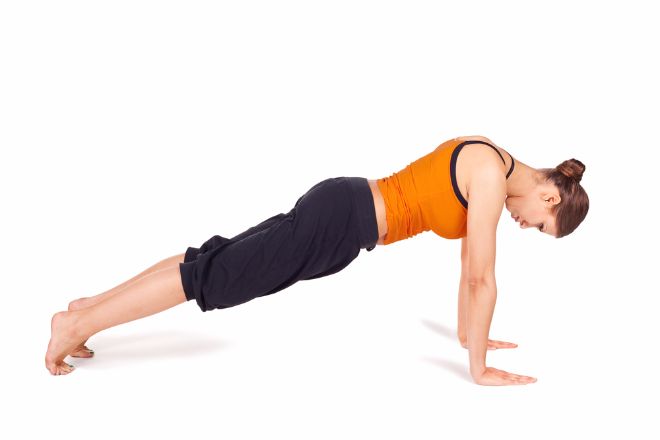Folate, or vitamin B9, is one of many essential vitamins. You may also be familiar with folic acid as a form of folate; folic acid is the synthetic version used for food fortification and supplements. Folate is important because it plays a role in DNA synthesis and repair. It encourages cell and tissue growth. In fact, these benefits barely scratch the surface and its effects are far reaching. That bring us to 6 incredible health benefits of folate.
1. Supports Normal Fetal Development
Folate plays an integral role in foetal development and the benefits for pregnant women and their offspring cannot be understated. Folate deficiency during early pregnancy can lead to neural tube defects. This is a serious problem that can lead to pregnancy termination or a baby born with spina bifida. The good news? Studies have found increased folate levels from one month prior to conception to 3 months afterward can reduce the chance of these defects by 50%.
2. Promotes Sperm Viability
Studies exploring the role of folate in spermatogenesis have linked it to sperm health and function. Men with a lower folate intake have been shown to have sperm with incorrect chromosomal structure. A 2012 study reported that previously infertile patients who took a nutritional supplement, which included folic acid, experienced significant improvement in sperm motility and successfully achieved pregnancy with their partners.
3. Great for the Heart
Folate helps metabolize homocysteine into methionine, an essential amino acid. Without adequate folate, homocysteine levels increase. You don’t want this; homocysteine has been linked to atherosclerosis and cardiovascular problem. The evidence is clear, to encourage cardiovascular health by facilitating the breaking down of homocysteine, folate is incredible.
4. May Reduce the Risk of Stroke
Not only is homocysteine bad for the heart, it can lead to stroke. An overabundance of homocysteine, or hyperhomocysteinemia, results from a breakdown in the methionine-homocysteine metabolism. This results in increased chances of blood vessel damage and blood clotting. Although stroke can have many causes and no one measure is a complete safeguard, folate, or the supplemental form folic acid, have been recommended for use to reduce the risk.
5. Encourages Normal Cholesterol Levels
A Polish study found folic acid supplementation encourages normal cholesterol levels. In the study of 124 individuals, researchers observed significant reductions in LDL cholesterol levels in subjects who’d supplemented with .4 mg of folic acid daily for 12 weeks. The result is believed to have been derived from reduced homocysteine levels.
6. Provides Neurological Support
Research suggests there may be a link between folate levels and neural health. A Korean study of elderly patients found that those suffering from dementia had the highest levels of homocysteine, and the lowest folate levels. Patients in the control group who did not suffer from dementia had higher folate levels












